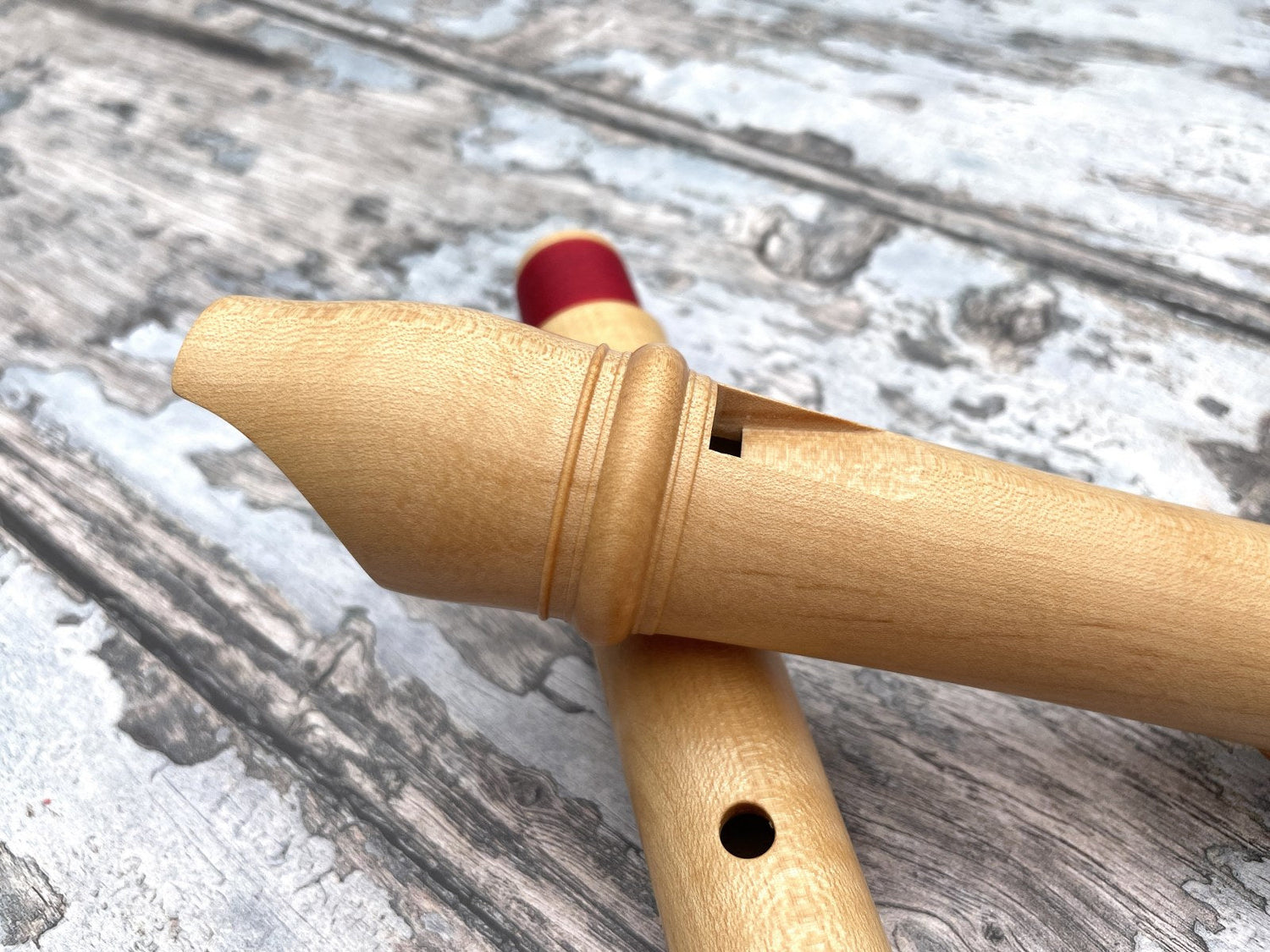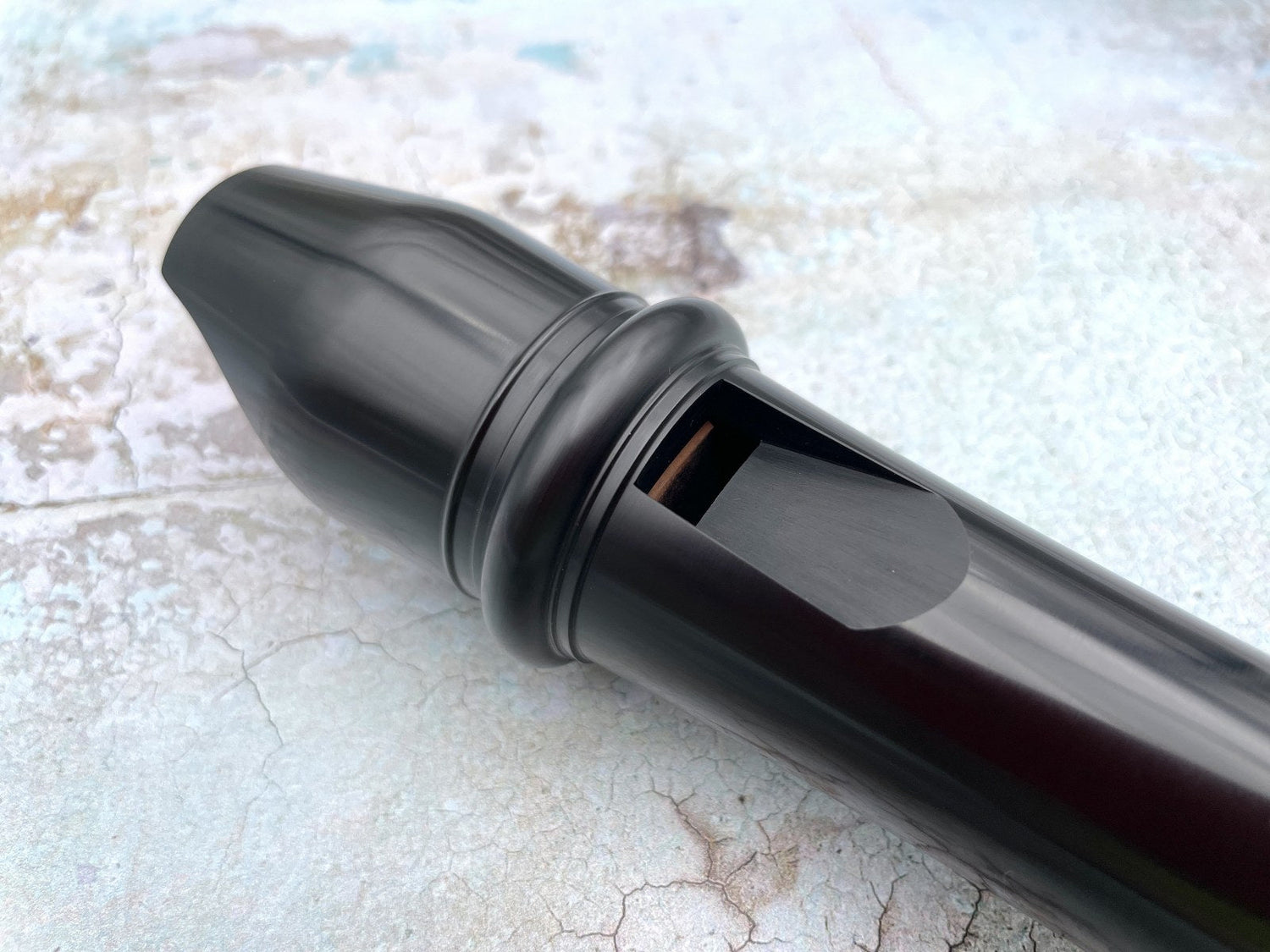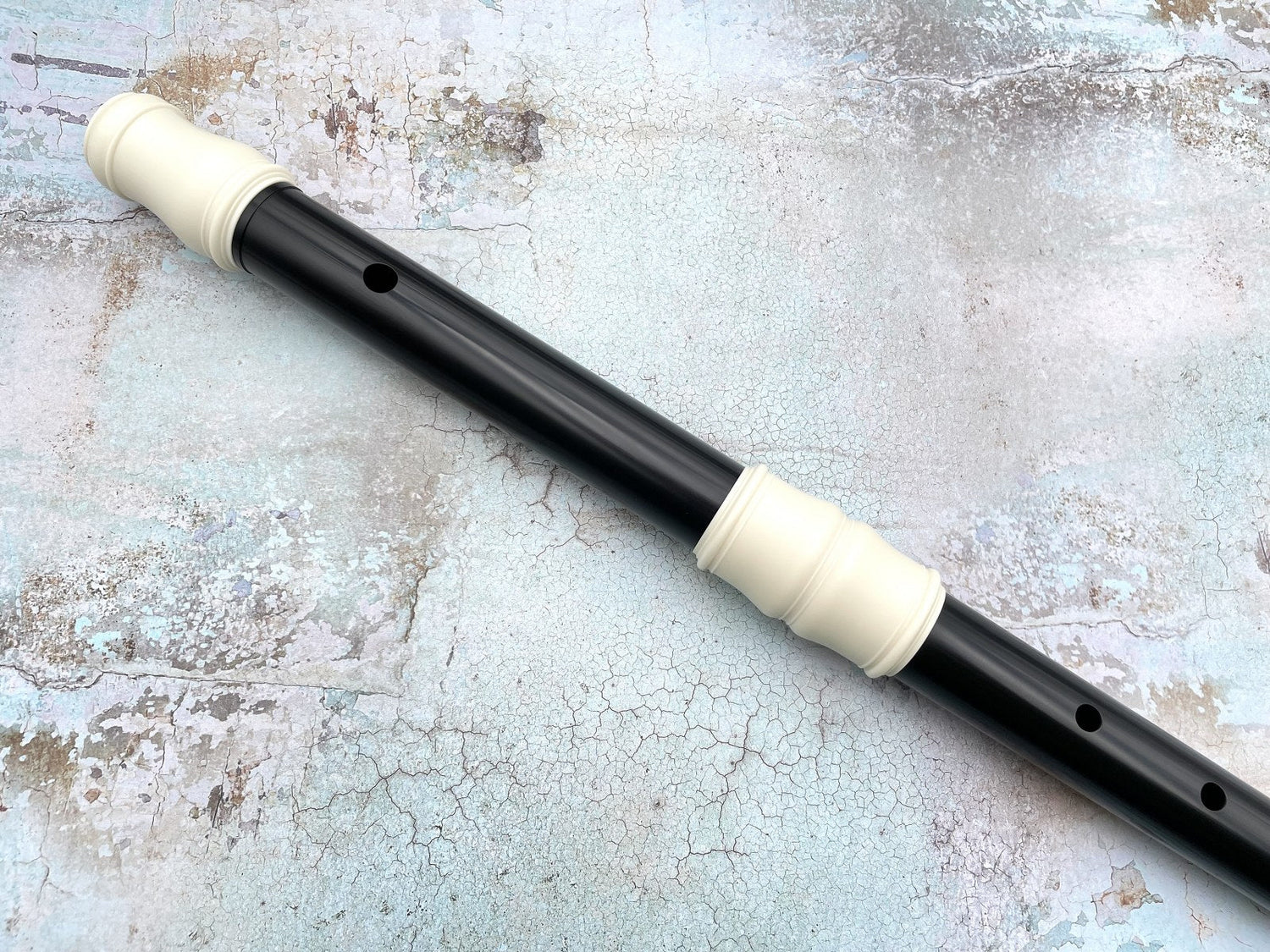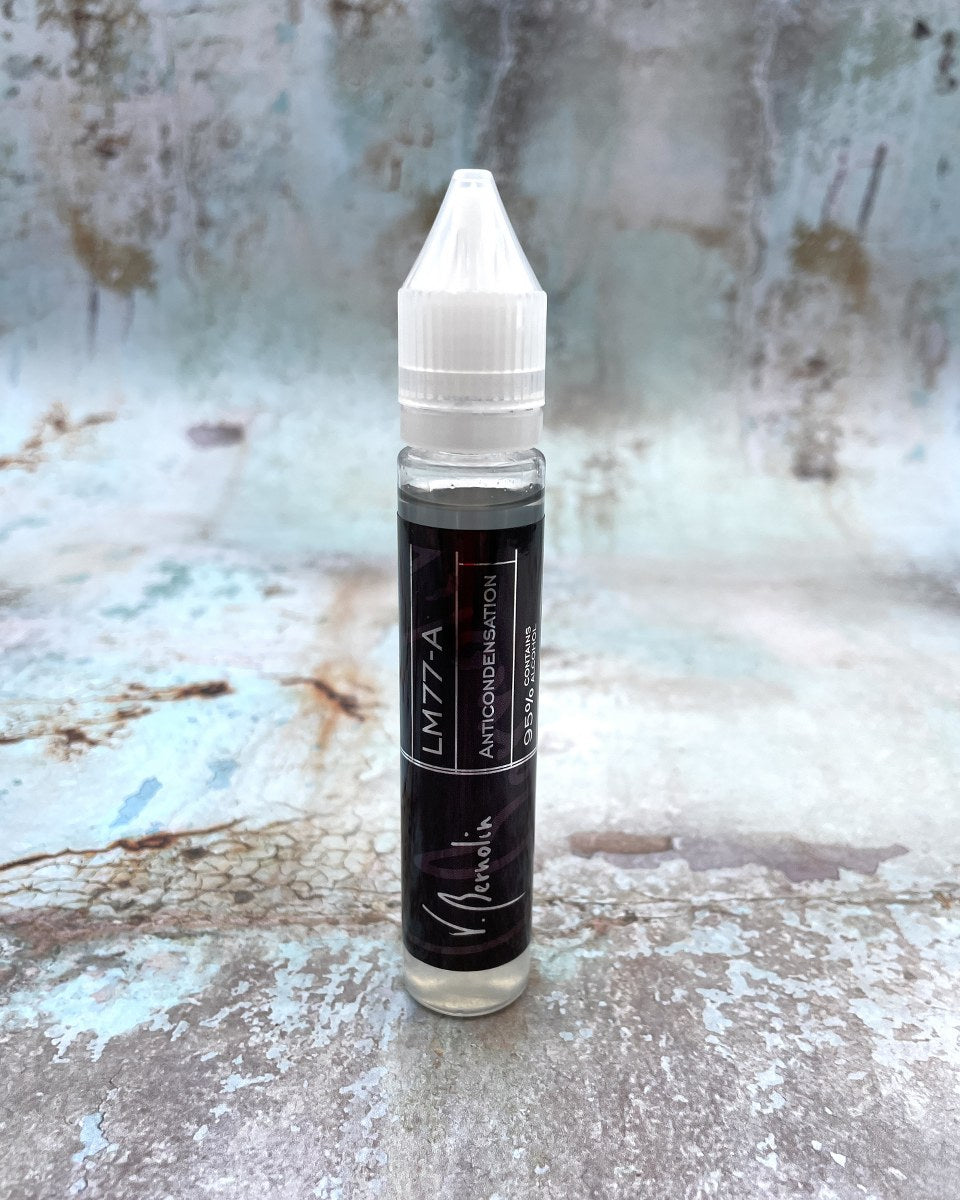My Historical Reenactment Program
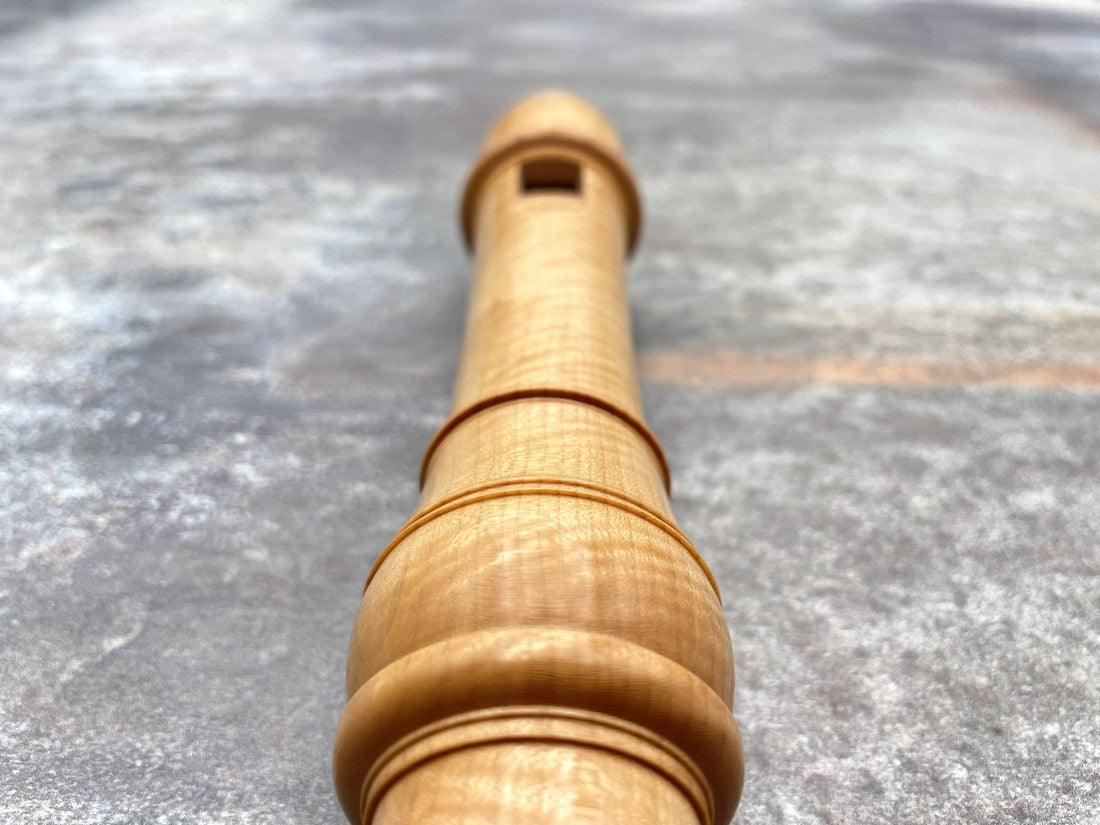
Partagez
During my career as a flute maker, I was able to acquire experience in design and development through the modifications I applied to the various models I produced. While the result was rather satisfactory in terms of accuracy, I was not entirely convinced by the silhouette of the profiles obtained. It seemed to me that a certain lack of coherence had inevitably set in through these sporadic modifications without a well-defined direction. I was also convinced that by applying my knowledge in a more systematic and comprehensive manner from the design stage, it would be possible to move towards easier, more accurate, more generous instruments, in a word: better ones.
With my experience in the field, I decided in 2021 to embark on an ambitious project: redesigning the main recorder models used by professional musicians. These are as follows:
- The F Baroque Alto
- The G Alto with Ganassi fingerings
- The D Voice Flute
- The 17th century, "Van Eyck" Soprano
The project was structured around several points:
- come back to historical instruments as a basis for work
- carry out a series of simulations to assess the homogeneity of the original model
- develop a rational and efficient prototyping method
- extrapolate a first version presenting maximum consistency with the historical ones
- optimize the obtained model by successive tests
I think I can safely say that no maker has ever undertaken such extensive prototyping work before launching their instruments on the market. Each part has in fact been declined in numerous different interpretations, most of which can be combined with each other, which brings the number of combined versions for a given model to several dozen. This was of course only possible through a perfect rationalization of the prototyping processes, which was the prelude to the actual manufacturing.
I called this project the "Historical Instrument Reconstruction Program" and it produced several extremely interesting instruments.
As for the Baroque recorders, I took as a working basis the Stanesby Alto in F from the collection of Michel Piguet, which seems to me to be the most balanced and homogeneous instrument of all those that have come down to us. This instrument is particularly short and comfortable, and presents some innovations at the bore level. Curiously enough, they seem to have gone relatively unnoticed by many makers, even illustrious ones, who succeeded it. From this instrument were born of course the Altos, but especially the two different Voice Flutes (Resin and Maple).
The 17th century Soprano, for lack of a sufficiently certain historical instrument, is a more personal extrapolation with precise specifications: a slightly conical regular bore, a fairly wide window, a full sound, and of course the Van Eyck fingerings.
The Ganassi is derived from a historic recorder in the Vienna Museum bearing the reference SAM135. This instrument is well known and is generally the working base used by most makers, who have reproduced a simply cylindrical bore with a flared bell. But not everything is always simple in recorder making, and the profile actually deserved more attention.
The result is easily perceived on the recorders from this program: easier upper register, more stable basses, improved intonation in all tonal centers, fuller and more generous sound thanks to better aligned partials.
In the end, more accomplished instruments.

